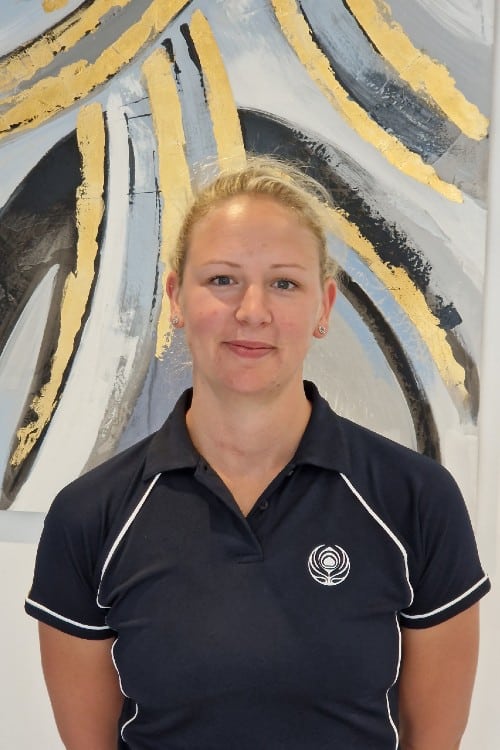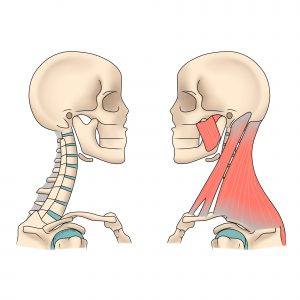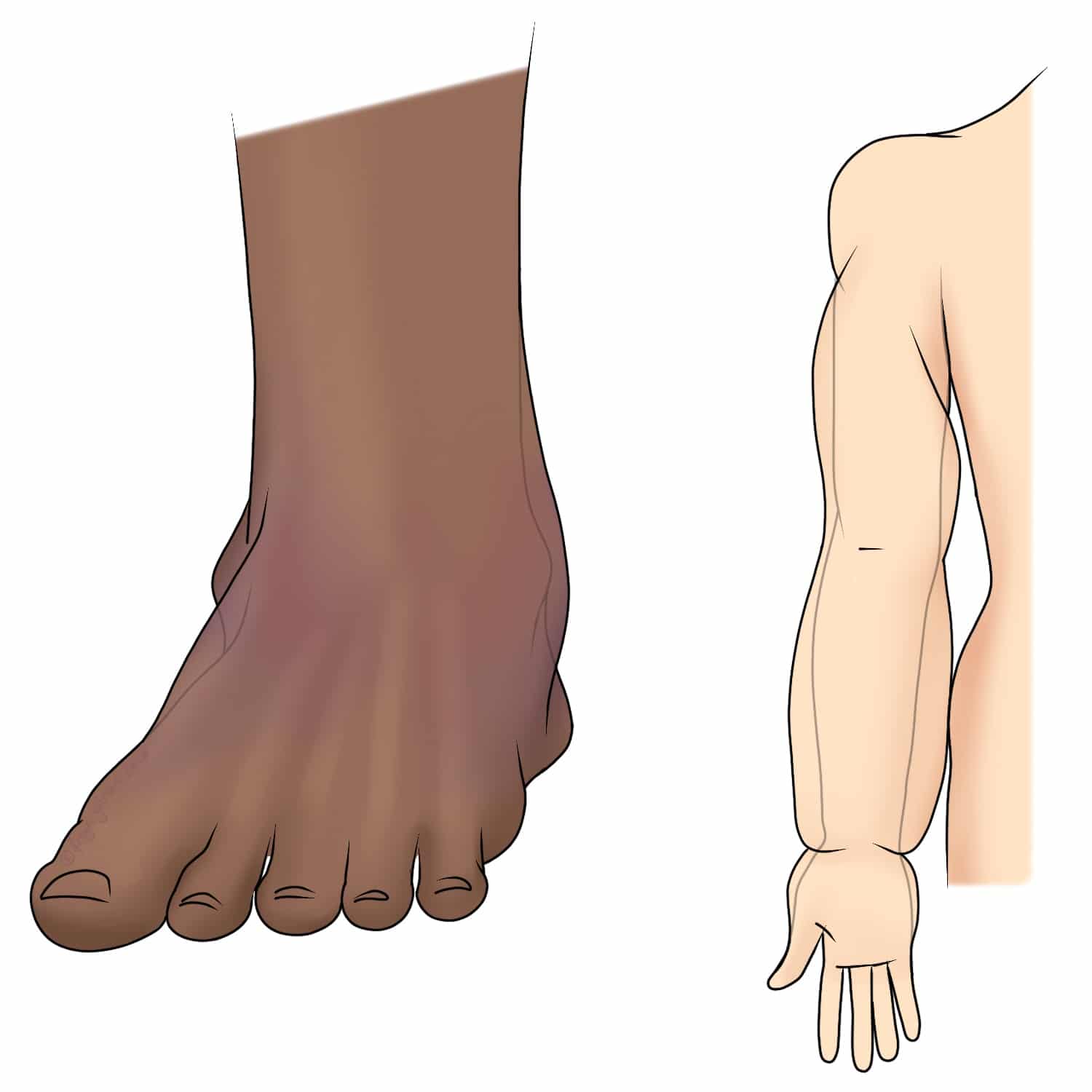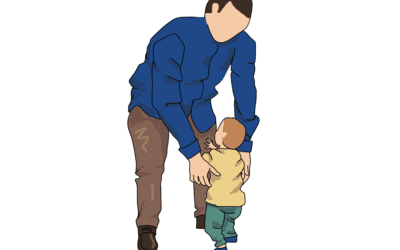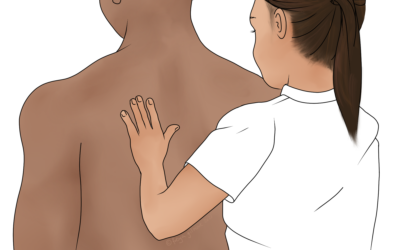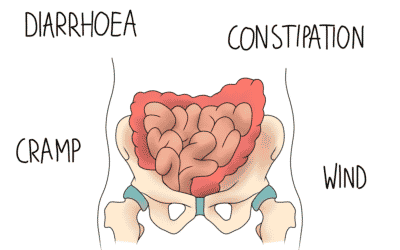When we think about circulation, what comes to mind is often cold extremities and the circulation of blood. Although our veins and arteries are an important part of the circulatory system, there is more to it. The lymphatic system is a necessary element that can have its own circulation issues.
Lymph and Circulation
Lymph is what is left behind when blood separates within a cell. Some of the blood makes it back to the venous system, and the rest filters out to the lymphatic system. As it travels around the body, it enters larger ducts, and its journey is punctuated by lymph nodes. You might know of these as “glands”: the lumpy spots around your neck, armpit, and groin that can become more prominent when you are unwell. This happens because the lymphatic system is an important part of the immune system. The nodes work to filter out the rubbish from lymph, so they work harder when your body is under attack.
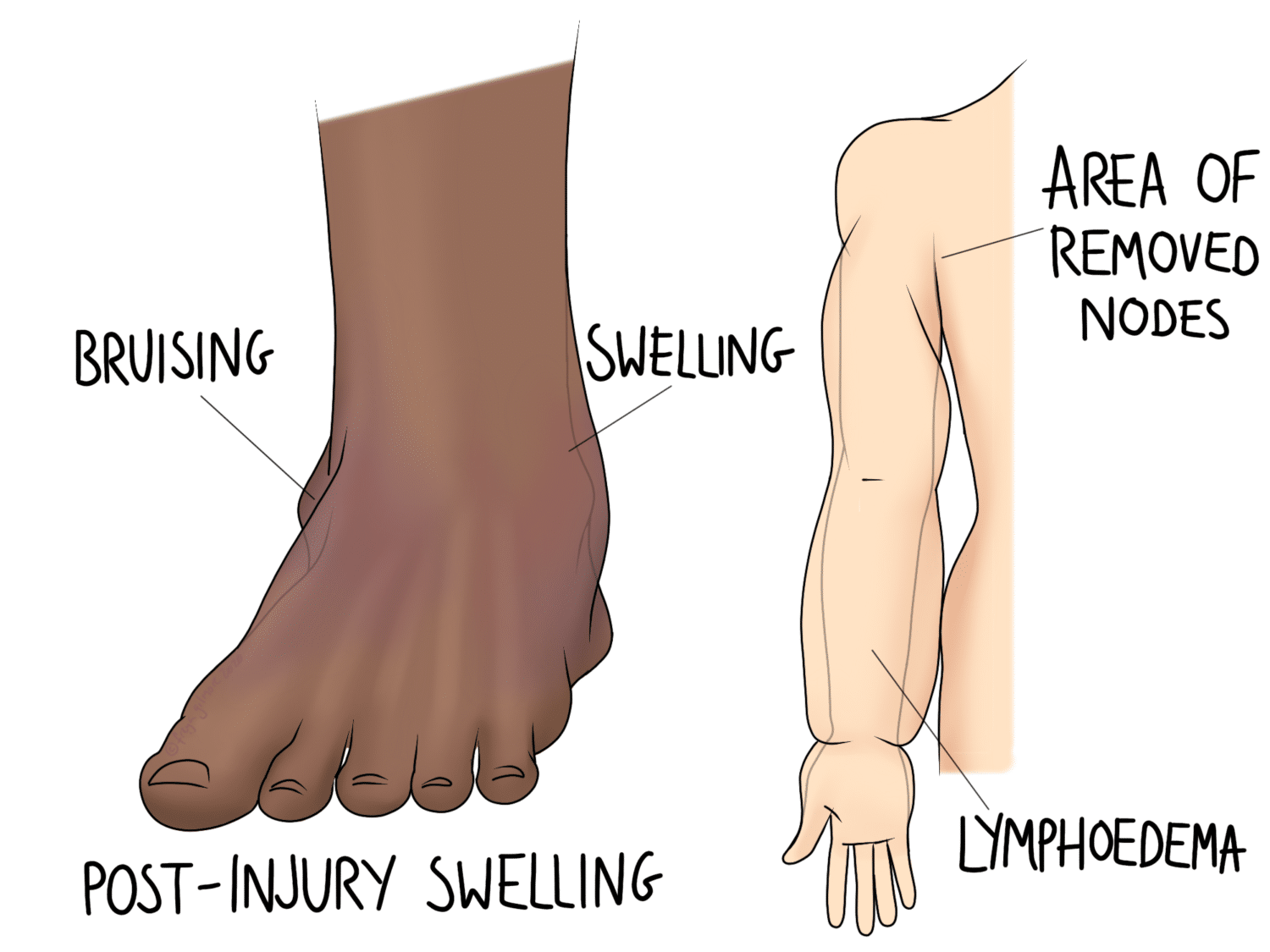
Lymphoedema
The lymphatic system is not powered like a pump like the cardiovascular system. When the system is working sub-optimally, there can be a build-up of lymph in one area. This is commonly seen after part of the lymphatic system has been removed, such as in surgery to remove lymph nodes that show signs of cancer. After operations like this, the patient may be advised to use a compression garment on the affected area to minimise the swelling. They may also be given exercises to help, with the expectation that this will likely be something they have to do forever.
These exercises may be hard for an individual to do on their own anyway, or they may struggle later on if their mobility is reduced. Your osteopath can help here, performing your exercises for you.
Post-Injury Swelling
After a sprain, the local area can swell and bruise. This is not a bad thing in itself, as the body wants to bring as much nutrition to the area as possible to start healing. However, if swelling is excessive or prolonged, this does not help as well as it could. Excessive swelling may stretch local ligaments further. Prolonged swelling exhausts the fluid’s nutrients, and leaves waste products around the injury. You can use a cool compress sporadically to help minimise swelling, and your osteopath can help flush through the fluid in the treatment room. Note that the aim is not to clear the swelling permanently. It needs to be refreshed to take away the waste and bring in new nutrients.
Sometimes we give patients exercises to continue the benefit at home. There are a couple of important points to remember:
- Use a light pressure, less than you would if you were massaging a muscle
- Work towards the heart to encourage fluid back into circulation.
Other Issues of Circulation
We take an extensive case history before we examine you to help spot any additional issues. Sometimes swelling is not an issue that we can help with, such as pitting oedema. This is a kind of swelling where you can leave a dent if you press gently into the area. It can be a sign of a systemic problem, such as kidney disease or heart failure. If we suspect that there is a more serious problem, we will work with you to get you seen by the appropriate medical professional.
Book an appointment in Horley or Crawley to help with your circulation problems here.

